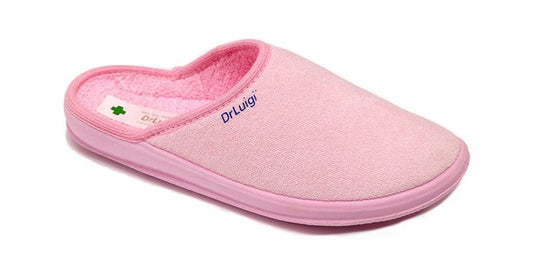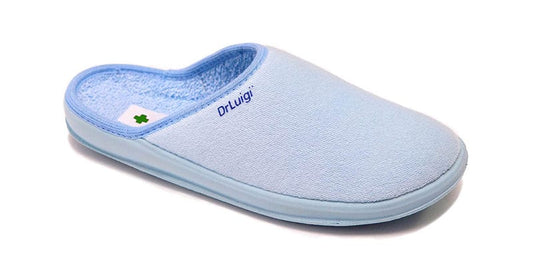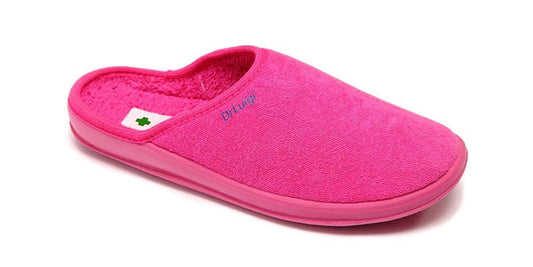Peripheral Arterial Disease (PAD), commonly known as impaired circulation, arises from restricted blood flow in the leg arteries due to plaque buildup. This condition not only affects the legs and feet but also indicates broader vascular issues that could lead to heart attacks or strokes.
Symptoms and Signs: PAD often progresses without noticeable symptoms initially, but as the arteries become severely obstructed, various signs may appear. These include leg pain or cramping while walking (intermittent claudication), discomfort during rest, numbness or weakness in the legs, and cold feet or legs. Skin changes, such as sores, altered color, and hair loss, are also indicators of PAD.

Risk Factors: Risk factors for PAD include age, smoking, diabetes, high blood pressure, elevated triglycerides, sedentary lifestyle, and personal or family history of vascular diseases. Early diagnosis is crucial as many individuals with PAD may not exhibit symptoms.
Diagnosis and Treatment: A comprehensive medical history and physical examination are essential for diagnosing PAD. Noninvasive tests like the ankle-brachial index (ABI) help assess blood flow, guiding further treatment decisions. Treatment options include lifestyle modifications, medications to improve blood flow and manage risk factors, surgical interventions, and medical footwear, such as DrLuigi shoes.
Foot Issues and Complications: Foot abnormalities and dermatological problems often exacerbate with PAD, increasing the risk of ulcers and infections. People with diabetes and PAD face additional challenges due to neuropathy and compromised healing abilities. Regular foot care, including daily washing, moisturizing, nail care, and wearing appropriate footwear, is vital for preventing complications.
Preventive Measures: To mitigate PAD complications, individuals should maintain good foot hygiene, wear protective socks and shoes, and choose footwear that fits well and minimizes friction. Regular foot examinations and prompt attention to changes or issues are essential for managing PAD effectively and preventing further complications.
By understanding PAD's causes, symptoms, and management strategies, individuals can take proactive steps to preserve foot health and overall well-being, minimizing the impact of this condition on their daily lives.





